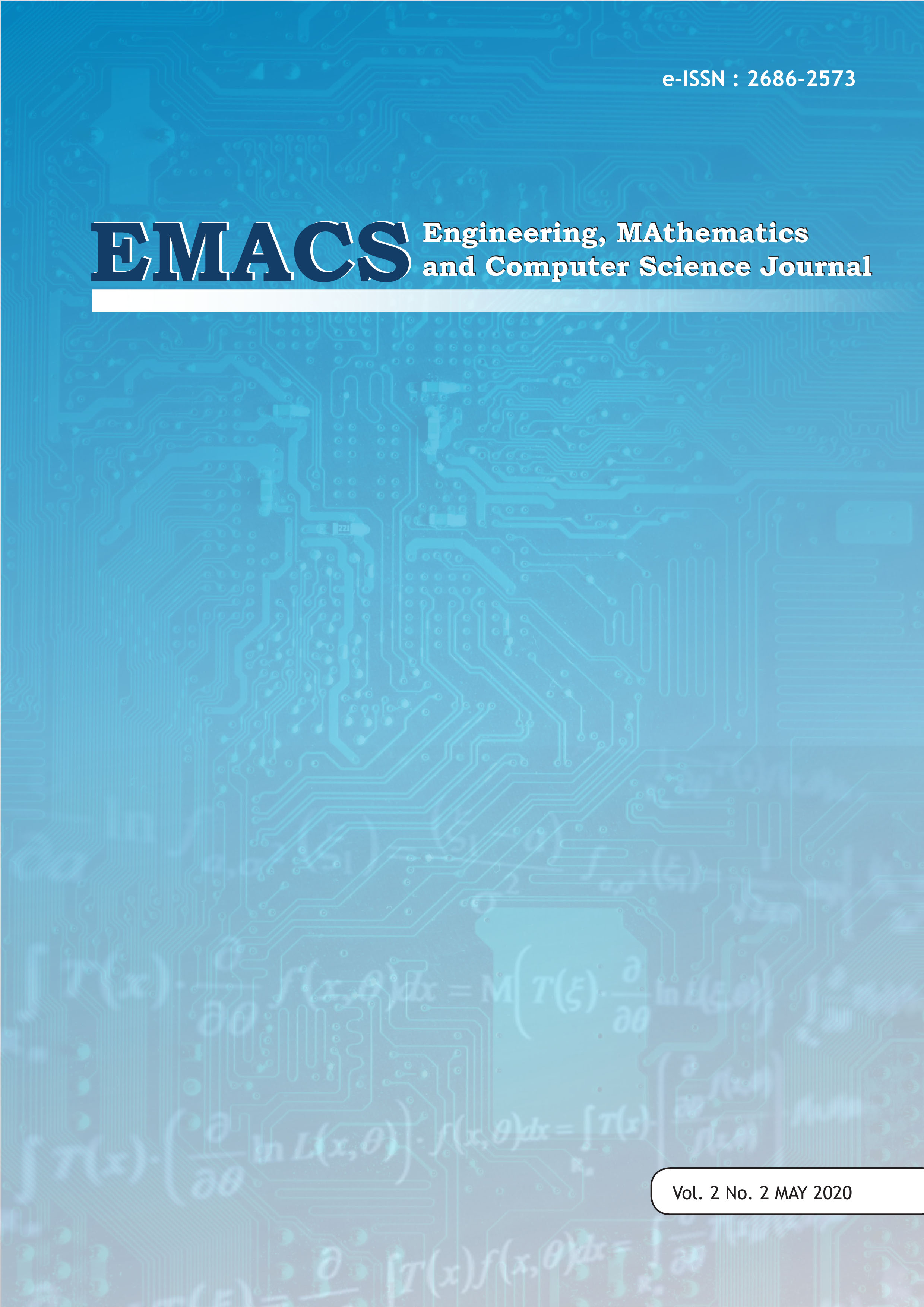Faktor-Faktor yang Mempengaruhi Persentase Penduduk Miskin di Indonesia Tahun 2015-2018 Menggunakan Regresi Data Panel
DOI:
https://doi.org/10.21512/emacsjournal.v2i2.6368Keywords:
Panel Regression, Random Effect Model, PovertyAbstract
Indonesia as a country rich in natural resources has not been able to make it as a country that is free from poverty. The percentage of poor people in Indonesia is still high, is still less efficient, the government's policy in alleviating poverty. This can be seen from the increase in the human development index, gross domestic product and the number of health facilities that are not counted by reducing the percentage of the poor population. The purpose of this study is to describe the percentage of poor people in Indonesia and to analyze the factors that influence the percentage of poor people in Indonesia. This study uses panel data regression analysis using the Random Effect Model (REM) method. The results showed the regional gross domestic product and the level of openness significantly open to the percentage of Indonesia's poor population. While the human development index and the amount of health development are not significant to the percentage of poor people in Indonesia. From the results of this study, Indonesia can optimize employment opportunities that can be released so that it can improve the state of the country. This implementation is expected to increase the number of poor people in Indonesia which can be significant.References
Agus Widarjono (2007). Ekonometrika : Teori dan Aplikasi Untuk Ekonomi dan Bisnis. Edisi Kedua, Ekonisia Fakultas Ekonomi Universitas Islam Indonesia, Yogyakarta
Arsyad, L. (2016). Ekonomi Pembangunan. Edisi Kelima. STIE YKPN. Yogyakarta.
Badan Pusat Statistik (2019). Statistik Indonesia 2019. Pusat: Badan Pusat Statistik.
Firmansyah (2016). Produk Domestik Regional Bruto Kabupaten Sambas Menurut Pengeluaran 2011- 2015. Sambas: Badan Pusat Statistik Sambas.
Kanbur, Ravi and Lyn Squire (1999). The Evolution of Thinking about Poverty: Exploring The Interactions.
Kuncoro, Mudrajad (1997). Ekonomi Pembangunan, Teori, masalah dan kebijakan. Cetakan pertama, Unit penerbitan dan percetakan akademi manajemen perusahaan YKPN, Yogyakarta.
Meinny - Kolibu, Vekie Adolf Rumate, Daisy S.M. Engka (2017). Pengaruh Tingkat Inflasi, Investasi, Pertumbuhan Ekonomi dan Tingkat Pengangguran Terhadap Tingkat Kemiskinan di Provinsi Sulawesi Utara. Universitas Sam Ratulangi : Jurnal Pembangunan Ekonomi dan Keuangan Daerah, 19(3), 1-14.
Prasetyoningrum, Ari Kristin dan u. Sulia Sukmawati (2018). Analisis Pengaruh Indeks Pembangunan Manusia (IPM), Pertumbuhan Ekonomi dan Pengangguran terhadap Kemiskinan di Indonesia. Equilibrium : Jurnal Ekonomi Syariah, 6(2), 217-237.
Wahyudi, Dicky dan Rejekiningsih, Tri Wahyu (2013). Analisis kemiskinan di Jawa Tengah. Diponegoro Journal of Economics, 2(1), 1-15
Zuhdiyaty, Noor dan Kaluge, David (2017). Analisis Faktor - Faktor yang Mempengaruhi Kemiskinan di Indonesia Selama Lima Tahun Terakhir (Studi Kasus Pada 33 Provinsi). Jurnal Ilmiah Bisnis dan Ekonomi Asia, 11( 2), 27-31.
Downloads
Published
How to Cite
Issue
Section
License
Authors who publish with this journal agree to the following terms:
- Authors retain copyright and grant the journal right of first publication with the work simultaneously licensed under a Creative Commons Attribution License - Share Alike that allows others to share the work with an acknowledgment of the work's authorship and initial publication in this journal.
- Authors are able to enter into separate, additional contractual arrangements for the non-exclusive distribution of the journal's published version of the work (e.g., post it to an institutional repository or publish it in a book), with an acknowledgment of its initial publication in this journal.
- Authors are permitted and encouraged to post their work online (e.g., in institutional repositories or on their website) prior to and during the submission process, as it can lead to productive exchanges, as well as earlier and greater citation of published work.
USER RIGHTS
All articles published Open Access will be immediately and permanently free for everyone to read and download. We are continuously working with our author communities to select the best choice of license options, currently being defined for this journal as follows: Creative Commons Attribution-Share Alike (CC BY-SA)





